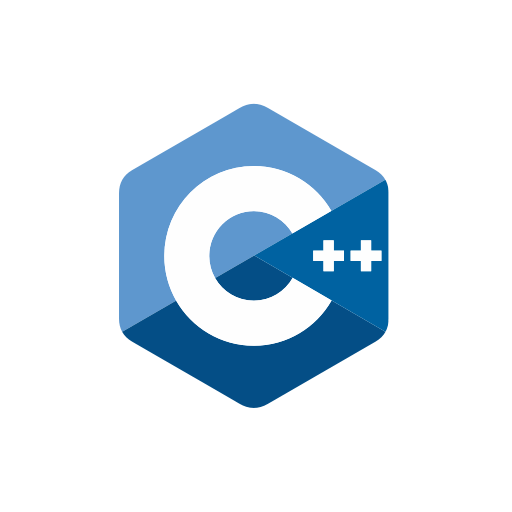for loop with examples in C++

Categories:
5 minute read
The provided C++ code demonstrates various uses of the for loop, incorporating control flow statements such as break, continue, and return to manage loop execution.
Code
#include <iostream>
using namespace std;
/**
* Demonstrates various uses of the for loop in C++.
*
* This program includes examples of basic for loops, and for loops with control
* flow statements such as break, continue, and return to manage loop execution.
* It showcases how these control flow statements can alter the loop's behavior.
*/
int main() {
int i = 0;
// Basic for loop example: prints numbers from 0 to 9
for (i = 0; i < 10; i++) {
cout << i << endl;
}
cout << "Done" << endl;
// For loop with break: exits the loop when i equals 5
for (i = 0; i < 10; i++) {
if (i == 5) {
break;
}
cout << i << endl;
}
cout << "Done" << endl;
// For loop with continue: skips the current iteration when i equals 5
for (i = 0; i < 10; i++) {
if (i == 5) {
continue;
}
cout << i << endl;
}
cout << "Done" << endl;
// For loop with return: exits the function when i equals 5
for (i = 0; i < 10; i++) {
if (i == 5) {
return 0;
}
cout << i << endl;
}
cout << "Done" << endl;
// For loop with break and return:
// demonstrates that break has no effect when followed by return
for (i = 0; i < 10; i++) {
if (i == 5) {
break;
}
cout << i << endl;
}
cout << "Done" << endl;
// For loop with continue and return:
// demonstrates that continue has no effect when followed by return
for (i = 0; i < 10; i++) {
if (i == 5) {
continue;
}
cout << i << endl;
}
cout << "Done" << endl;
// For loop with break and continue:
// breaks the loop when i equals 5, continue is never reached
for (i = 0; i < 10; i++) {
if (i == 5) {
break;
}
if (i == 7) {
continue;
}
cout << i << endl;
}
cout << "Done" << endl;
// For loop with break, continue, and return:
// demonstrates control flow with break, continue is never reached
for (i = 0; i < 10; i++) {
if (i == 5) {
break;
}
if (i == 7) {
continue;
}
cout << i << endl;
}
cout << "Done" << endl;
return 0;
}
Explanation
The provided C++ code demonstrates various uses of the for loop, incorporating control flow statements such as break, continue, and return to manage loop execution. These examples illustrate how to control the flow within loops for different scenarios, making the code a valuable resource for understanding loop control mechanisms in C++.
Initially, a basic for loop is shown, which iterates from 0 to 9, printing each number. This loop serves as a straightforward example of using a for loop for simple iterations.
for (i = 0; i < 10; i++) {
cout << i << endl;
}
Following this, the code explores using a break statement within a for loop. This loop is designed to exit prematurely when i equals 5, demonstrating how break can be used to stop loop execution based on a condition.
for (i = 0; i < 10; i++) {
if (i == 5) {
break;
}
cout << i << endl;
}
Next, a for loop with a continue statement is introduced. This loop skips the current iteration when i equals 5, effectively omitting the number 5 from the output. It showcases how continue can be used to skip certain iterations within a loop, based on specific conditions.
for (i = 0; i < 10; i++) {
if (i == 5) {
continue;
}
cout << i << endl;
}
Additionally, the code includes a for loop that uses a return statement to exit the function when i equals 5. This example demonstrates how return can be used within a loop to terminate the program execution based on a condition.
for (i = 0; i < 10; i++) {
if (i == 5) {
return 0;
}
cout << i << endl;
}
The code also presents scenarios where break and continue statements are combined with a return statement in different loops. These examples illustrate the precedence and effect of these control flow statements when used together, highlighting that break and continue have no effect when followed by a return statement.
In summary, the code provides a comprehensive overview of controlling loop execution using for loops and control flow statements in C++. Each example serves to illustrate the flexibility and control that for loops offer in C++, enabling developers to manage loop execution with precision.
Output
0
1
2
3
4
5
6
7
8
9
Done
0
1
2
3
4
Done
0
1
2
3
4
6
7
8
9
Done
0
1
2
3
4
Process finished with exit code 0```
Feedback
Was this page helpful?
Glad to hear it! Please tell us how we can improve.
Sorry to hear that. Please tell us how we can improve.